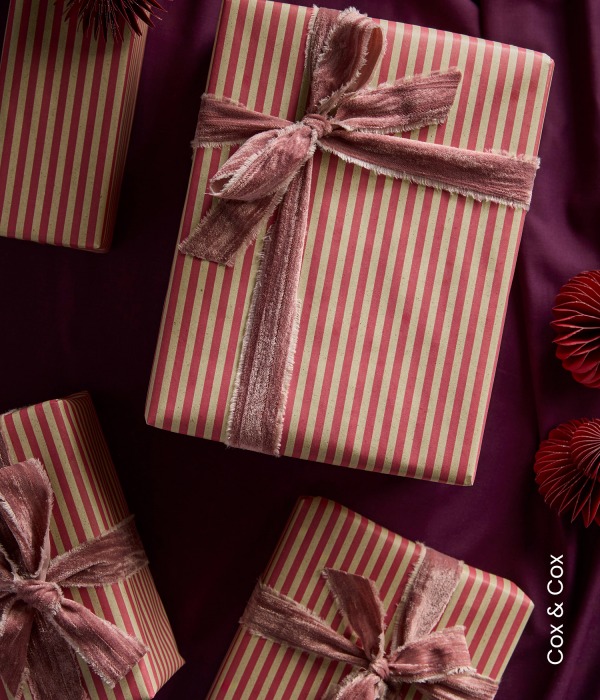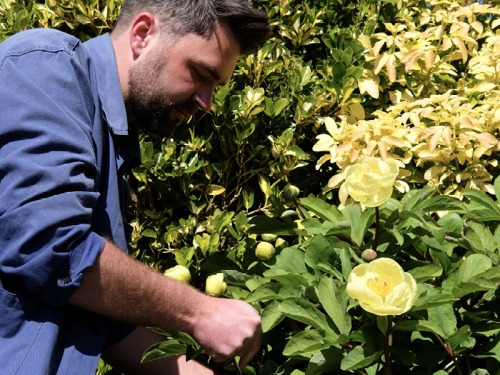What You Need to Do in the Garden in June
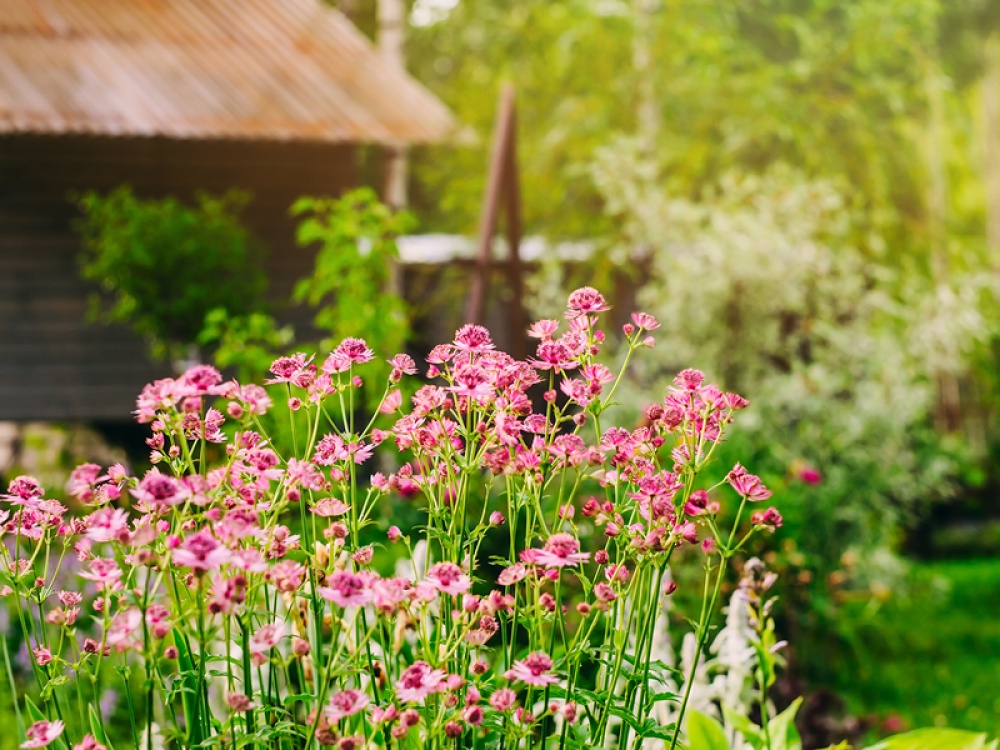
Living North's gardening expert Ross Pearson shares his advice on what needs to be done in the garden this month
It is a magnificent month to be a gardener. The hard graft of spring is behind us; the soil is warm, the light abundant, and the borders have, by some small miracle, begun to knit themselves together like a patchwork quilt. There are blousy perennials strutting their stuff, unselfconscious foxgloves poised like supermodels, and the first swell of lavender threatening to smother all in a great purple cuddle. This is not a time for grand ambition. Save your pergola projects and pond excavations for February when you’re bored and wearing three fleeces. No, June is the time for gentle tweaking and admiring. It’s the gardening equivalent of a garden party: clippers in one hand, cold drink in the other, perhaps a floppy hat perched at a rakish angle.
Of course, this is not to say we do nothing. There’s always something to be done. But it’s about refinement rather than overhaul, encouraging rather than demanding, guiding the garden like a conductor coaxing the best from a full orchestra of foliage. Gardening in June is a little like eating a ripe peach: you must lean in, expect a bit of mess, and be prepared to be delighted.
There is scent and colour, abundance and promise. Everything feels possible. Spend as much time outside as you can. Wander with no aim but to admire. Steal a few pea pods and pinch a raspberry or two. Watch the bees bobble through the lavender. Allow yourself to be fully seduced by the garden. So, let’s step outside, secateurs in pocket, and see what mischief June has planned.
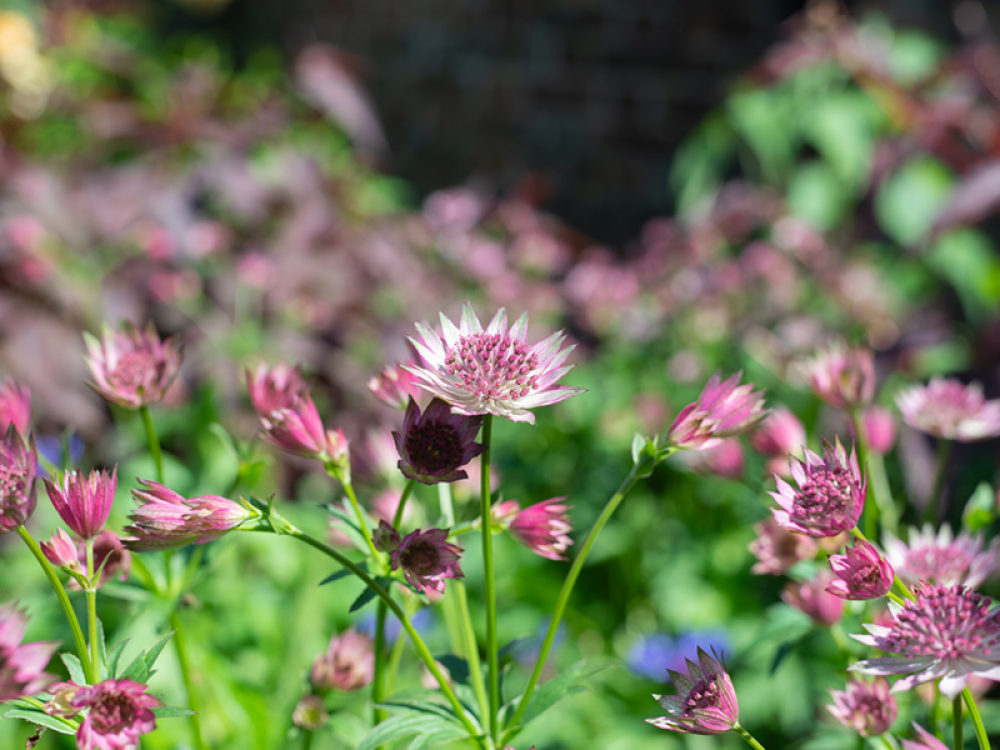
Astrantia major
There are showier plants, certainly. Ones with louder colours, bigger leaves, and the sort of swagger you might associate with a tropical bird or a prize-winning marrow. But Astrantia is not here to shout. She whispers, but boy do her words pack a punch. With finely cut foliage and pincushion flowers in shades of pink, white, or ruby, Astrantia is the quintessential English cottage garden plant. It flourishes in dappled shade, makes an excellent cut flower, and gently knits together those awkward gaps in borders.
Plant
Astrantias thrive in moist, humus-rich soil with good drainage and a preference for dappled shade, although they’ll tolerate some sun if the soil stays damp. Choose a sheltered spot, away from scorching midday sun. To plant, dig a hole twice the width of the root ball, enrich the soil with compost, and place the plant so the crown is level with the surface. Water in well and mulch to retain moisture.
Care
Keep the soil consistently moist, especially in dry spells, as Astrantia dislikes drying out. Mulch annually with compost or leaf mould to improve soil structure and feed the plant. Deadhead any spent flowers to encourage a second flush later in the season. In autumn, cut back spent foliage and divide clumps every few years in spring to maintain vigour. With minimal fuss, Astrantia will reward you with its delicate, long-lasting blooms year after year.
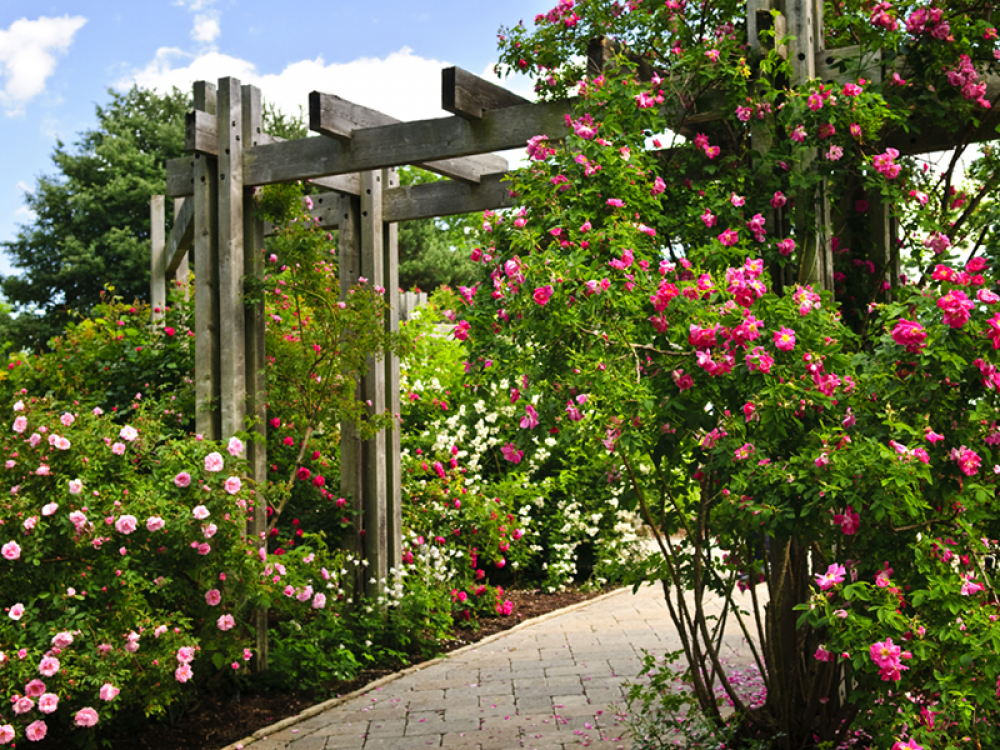
Rose care
If May was the dress rehearsal, June is opening night. Roses are in full song, and while they may look ethereal and innocent, they are greedy little beasts. Feed them now with a high-potash fertiliser (something tomato-based will do nicely), water them deeply in dry spells, and deadhead with ruthless affection. This encourages more blooms and keeps things looking tip-top. For climbers, tie in long new shoots to keep them from flinging themselves about like overexcited toddlers.
The Art of Deadheading
June is the month of snipping. A piece of invaluable advice – carry a small pair of secateurs or snips with you at all times. That bedraggled geranium? Snip. Spent lupin spike? Snip. The secret is to cut just above a pair of healthy leaves or buds. It’s not surgery, it’s more like elegant tidying. Not only does this keep things looking neat, but many plants such as cosmos, delphiniums and penstemons, will respond by producing more flowers in a bid to win your approval.
Lawns
The lawn is having a moment. It’s green, it’s lush and it’s harbouring every type of creepy-crawly imaginable. Mow once a week, not too short (think wavy locks, not a buzz cut), and edge your borders for that stately, National Trust sort of look. If you’ve a patch you’re letting go wild for pollinators, well done… but resist the urge to tidy it up just yet. June is peak pollinator picnic time.
Pesky pests
June brings the first skirmishes with the forces of pestilence. Quite which side of the fence you stand in the war against pests is up to you. On the one hand, is there anything more deflating than seeing your prized garden assets littered with holes like a Victorian doily? On the other hand, some of these pesky critters will get their comeuppance in the form of a handy snack higher up the food chain. Lily beetles in their scarlet uniforms are out in force. Aphids gather in their millions waiting for the signal to charge. A spritz of soapy water or a brigade of ladybirds will see them off. But remember: not all insects are villains. The garden is a living, wriggling ecosystem. Keep your pesticides in the shed and let nature do most of the heavy lifting.
Containers
Summer containers should be coming into their own. For petunias, pelargoniums, lobelia and salvias, June is their catwalk moment. Feed them weekly with liquid fertiliser, deadhead religiously, and make sure they don’t dry out in warm weather. Nothing wilts faster than a neglected pot in the heat of the day. If something has done its thing and gaps start to appear, yank them out and give someone else centre stage.
Courgettes
The courgette plants have gone from sulky teenagers to eager young adults practically overnight. They will now churn out fruits at an alarming rate. Pick them small and often before they reach comically monstrous proportions. Not only are they tastier, but it encourages the plant to keep producing. If you find yourself with a glut (and you will), pass them on to family and friends to show off just how accomplished a grower you are.
Succession Sowing
June is prime time for successional sowing. Anything from lettuce, radish, beetroot, spring onions and carrots, can be sown again and again. The key is to sow little and often so you aren’t faced with 83 lettuces all bolting in unison. Water newly sown seeds well and protect from pigeons who have an uncanny knack for spotting a fresh salad bar. A handy tip – save your money on overpriced flimsy garden netting at the local bargain store. Instead, buy a big roll of scaffolding netting online for not much more that will outlast all of us.
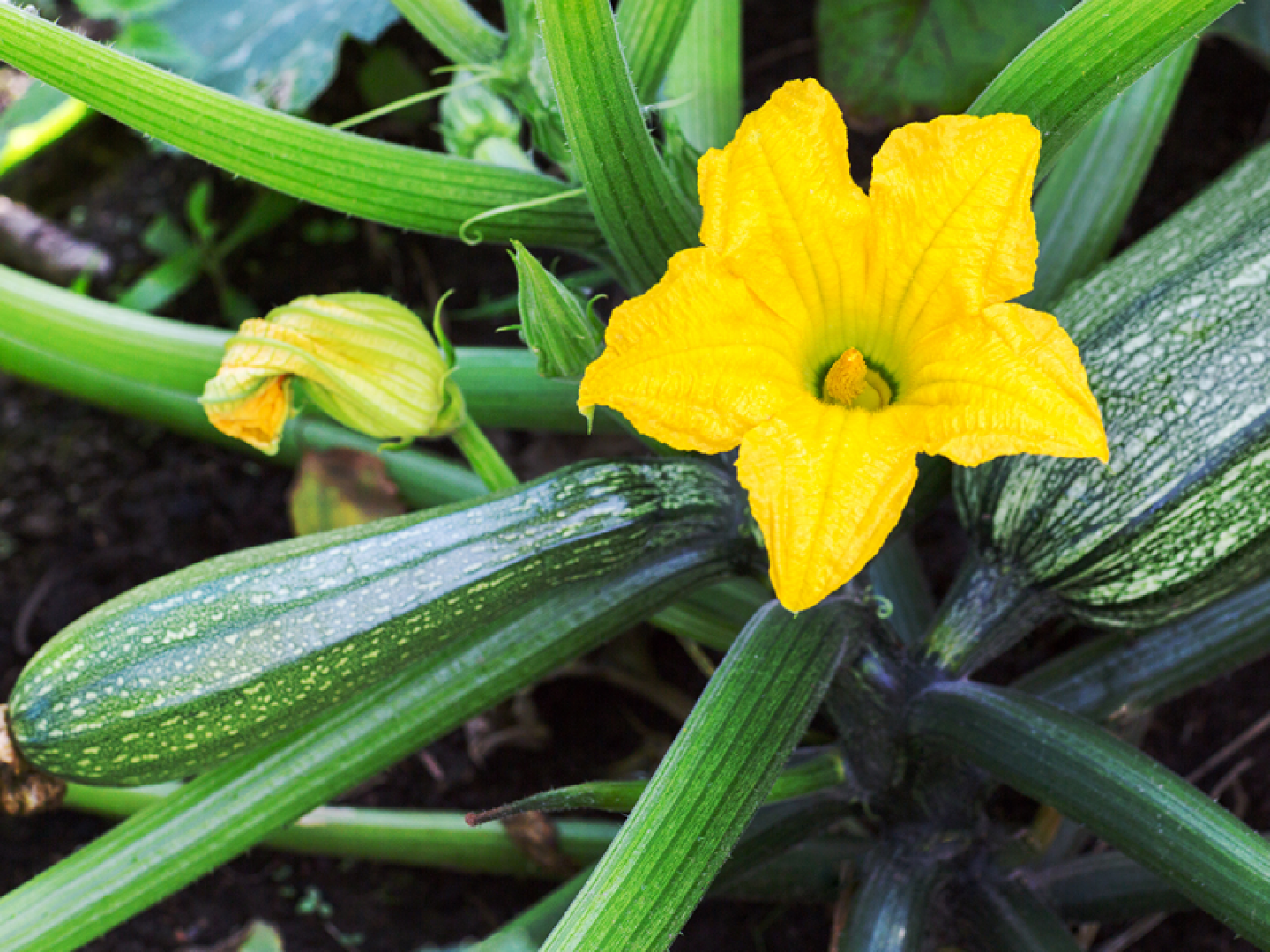
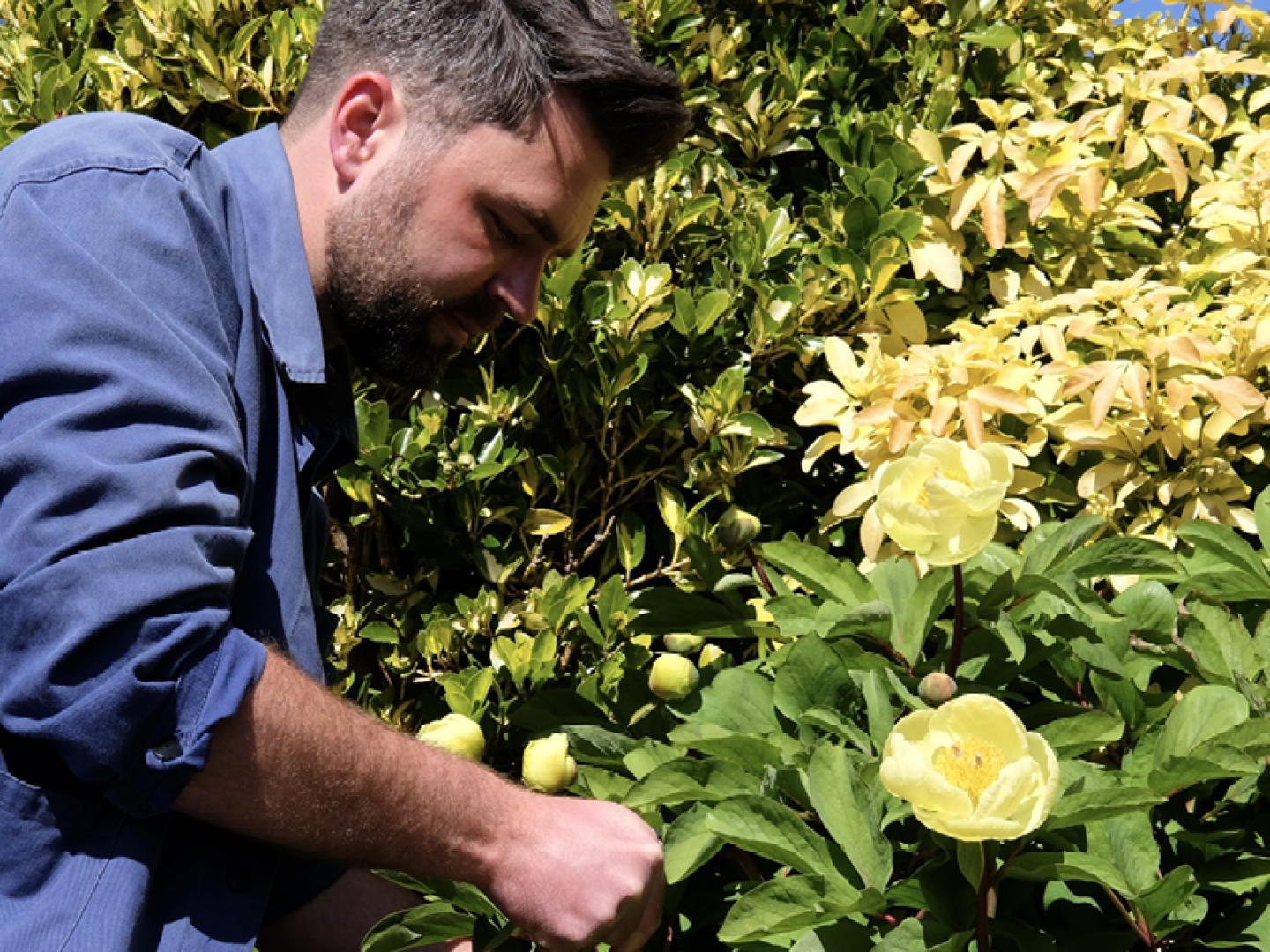
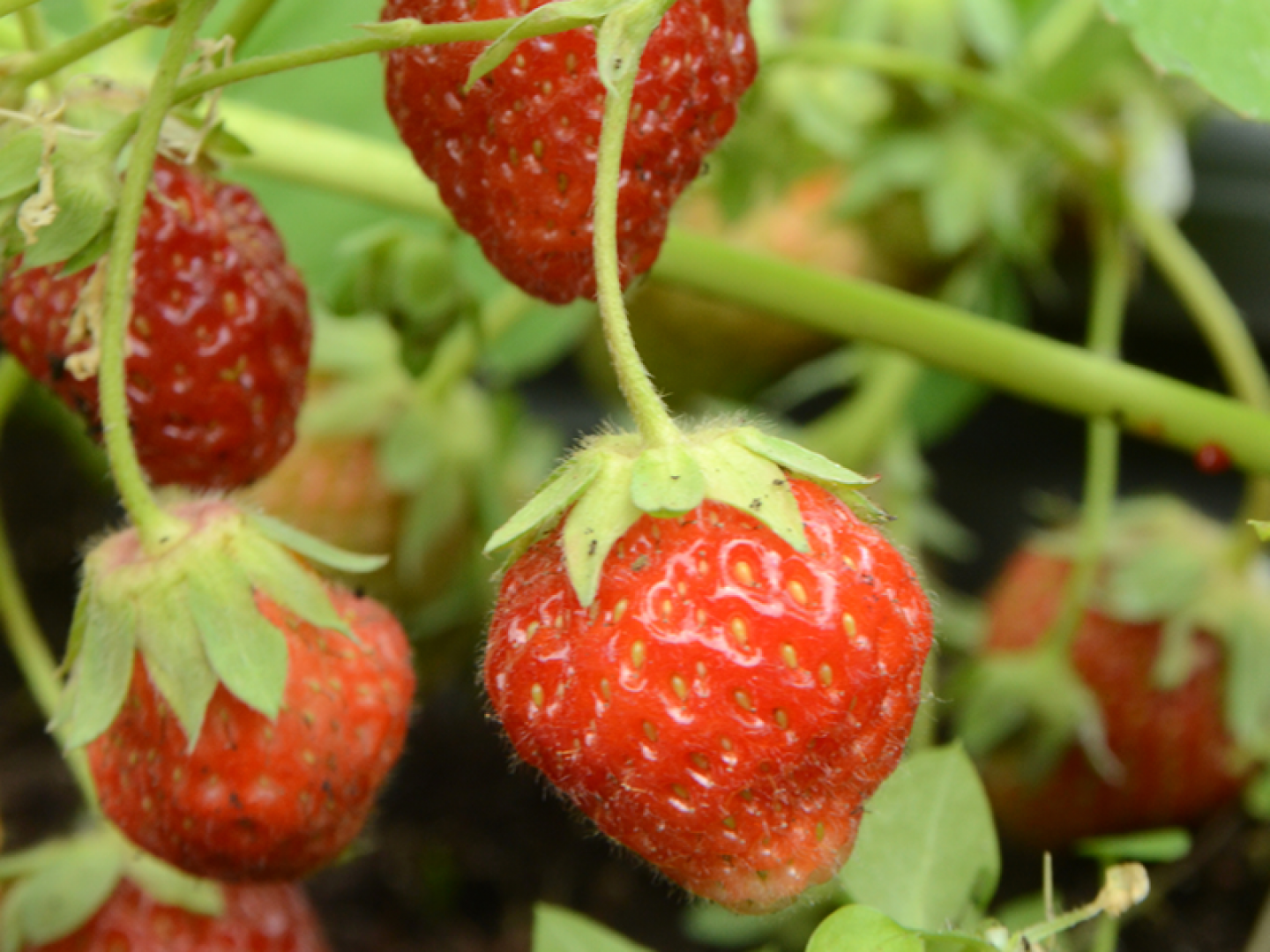
Peas and beans
Peas and beans are clambering for support in a mass frenzy of vigorous growth. Make sure they have something to cling to – wigwams of hazel sticks, netting, or even string stretched between canes will do the trick. And don’t forget to keep picking: a picked plant is a productive plant. Mangetout and sugar snaps are especially generous this month so eat them raw straight from the vine and feel terribly virtuous.
Soft fruit protection
Soft fruit is ripening; strawberries blush in the sun, currants dangle like jewellery, and villainous pigeons lurk at every corner. Net your fruit now if you want to taste any of it yourself. A mulch of straw under strawberries keeps the fruit clean, stops fruit contacting the soil and rotting and is far less attractive to slugs, though nothing short of electric fencing will stop a determined blackbird.
Watering
Allotments can turn from lush paradise to parched savannah in days. Water deeply, not often; plants prefer a thorough soaking at the roots rather than a daily sprinkle. Early morning or evening is best. Mulch with compost, grass clippings, or straw to conserve moisture and baffle the weeds.

